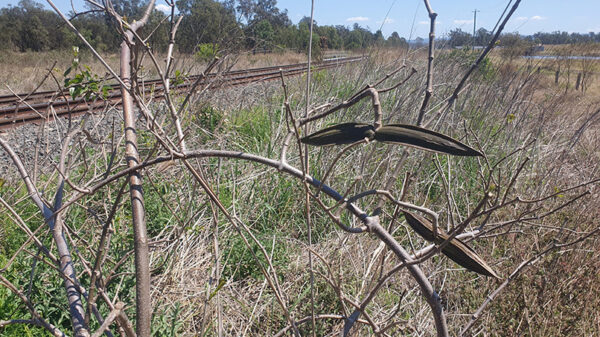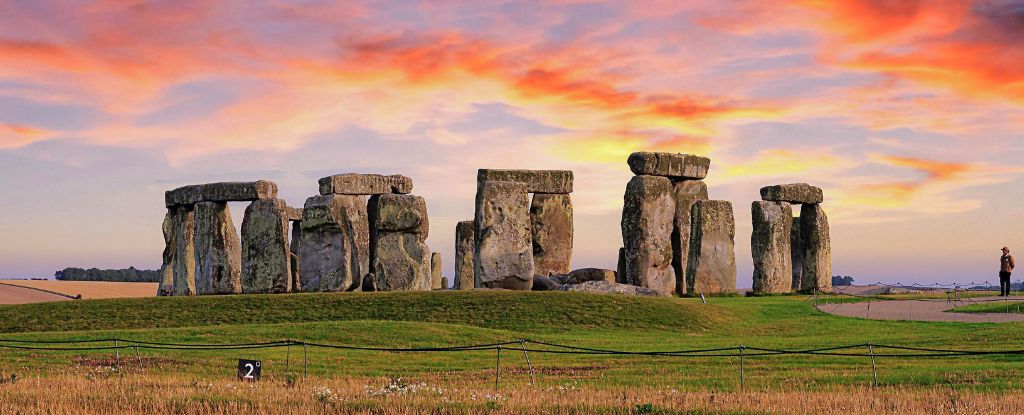Recent research indicates that ancient humans moved massive bluestones to the inner ring of Stonehenge from over 200 kilometers away, challenging previous theories that glaciers transported these stones. The bluestones, while not the largest stones at the site, weigh up to a staggering 3.5 tonnes each, equivalent to the weight of two sedan cars. The findings underscore the remarkable organizational skill and planning of Neolithic peoples.
Richard E. Bevins, an archaeologist from Aberystwyth University, and his colleagues suggest that the markings found on these stones are not signs of glacial abrasion but rather the result of human shaping combined with natural weathering. Their analysis points towards the Newall Boulder, discovered in 1924 by British archaeologist William Hawley, as a key piece of evidence. An assistant on the dig, R.S. Newall, originally theorized that the stones had been transported by glacial activity.
Evidence Points to Human Efforts
The new study, published in the Journal of Archaeological Science: Reports, argues that the edge damage on the stones corresponds with deliberate human efforts rather than erosion. The team concluded that the Newall Boulder likely originated from an outcrop on the Preseli Mountains in Wales, specifically known as Craig Rhos-y-Felin. “The geochemical signature was a perfect match,” the researchers stated, emphasizing the clarity of their findings.
Contrarily, some experts, including Brian Stephen John from the University of Durham, argue that the simplest explanation is that the bluestones are glacial erratics, deposited by ice. In a paper published in 2024, John suggested that the stones could have been collected from a nearby site on Salisbury Plain.
Bevins and his team counter that if glaciers had transported the bluestones, there would be more evidence of similar rocks found further east. They assert that “the total absence of spotted dolerite erratics beyond the Narberth area strongly favors human transport.”
Ongoing Mysteries of Stonehenge
The methods by which these ancient people moved such heavy stones remain a mystery. Another piece of research from the previous year indicates that the central Alter stone, known as Stone 80, was transported an astonishing 750 kilometers from a site in Scotland. If these human transport theories are validated, Stonehenge stands as a testament to the ingenuity and teamwork of early civilizations, showcasing their ability to undertake monumental projects with limited technology.
The implications of this research extend beyond Stonehenge itself, potentially reshaping our understanding of Neolithic societies and their capabilities. As investigations into the origins and transportation of these stones continue, the legacy of Stonehenge as an extraordinary engineering achievement remains firmly intact.





























































